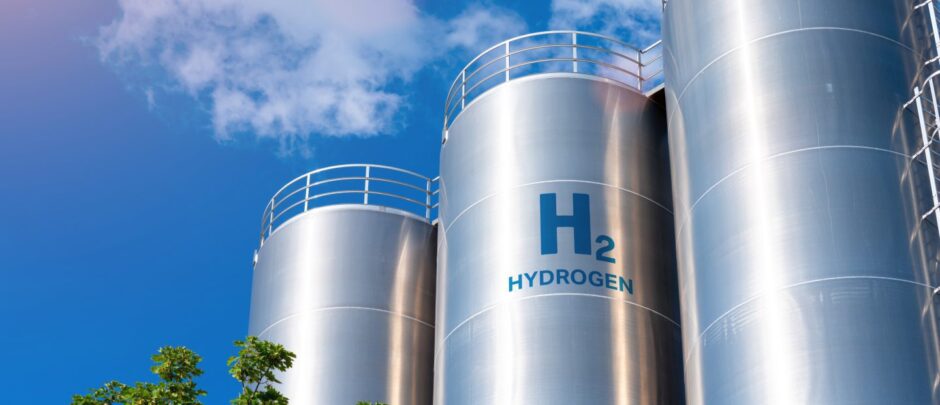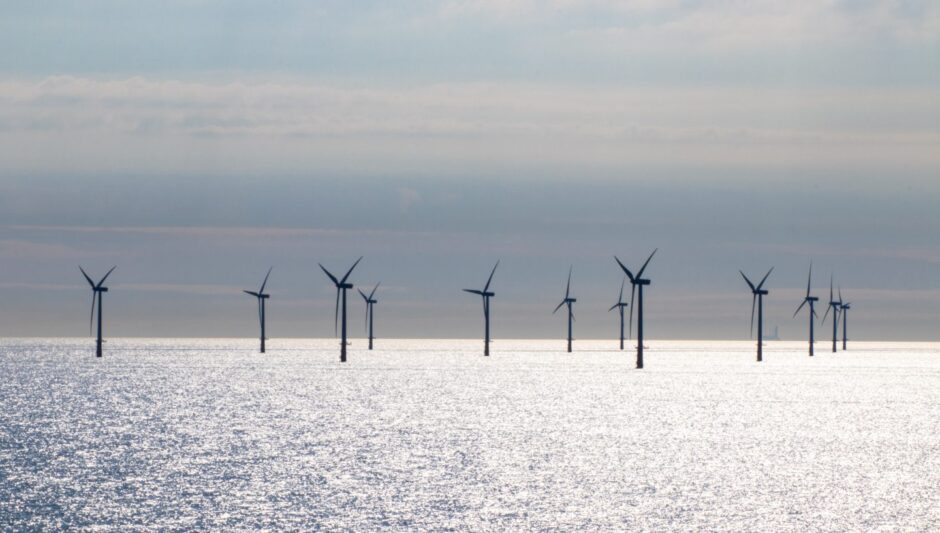
The North Sea’s energy industry is world-leading on many things – engineering, innovation, supply chain and skills – and now it is leading the world in decarbonisation, too.
For the past 50 years, oil and gas from the North Sea has been the cornerstone of the nation’s energy security, providing fuel, power and products to UK people and homes.
Over those same 50 years, it has also built an industry capable of creating a clean energy future.
One of the ways it is achieving that is through its own ambitious emissions reduction programme.
In June 2019, with the Climate Change Act 2008 Order, the Government committed to a 100% reduction of greenhouse gas emissions by 2050. That policy is now commonly referred to as ‘Net Zero’.
The UK’s offshore oil and gas industry was one of the first industrial sectors to show support for that goal and has since implemented interim targets through the North Sea Transition Deal – a blueprint for transformation.
In that blueprint, the sector committed to reduce emissions from the production of oil and gas: 10% by 2025, 25% by 2027, and 50% by 2030.
The goal is to lay down the foundations – a path – to reach net zero by 2050.
And the sector is well-on track.
2025 emissions goal achieved early in UK
In its latest Emissions Report, the leading industry body for the offshore energy sector, Offshore Energies UK (OEUK), revealed that not only is the industry on the right course, but it has also achieved its 2025 goal three years early.
Launched at OEUK’s first-ever Decarbonisation Conference, the report shows the sector has achieved a third consecutive year of emissions reductions, halved flaring and venting, and cut methane emissions by 45% in 2022 compared to 2018.
Mike Tholen, OEUK’s sustainability and policy director, says the industry can help the UK navigate the decarbonisation journey by producing energy more cleanly and driving investment in carbon storage and other solutions that benefit from the technology, skills and resources developed over the last 50 years.
He says: “Decarbonisation is one of the biggest challenges of our time, involving reducing everyone’s impact on the environment.
“Around 60% of the UK’s decarbonisation efforts can be achieved through the North Sea – through new innovations like carbon capture and storage, offshore wind, and hydrogen, paired with our sector’s people, skills, and infrastructure.
“We can also help the UK tackle the energy trilemma: reducing emissions and energy costs while improving the availability of secure supplies of energy.”
“It may seem curious to some, but I’m pleased to say that the oil and gas we produce is cleaner than many other countries are able to achieve, and we are continuing to make improvements. In doing so, our economy can benefit both in terms of jobs and taxes paid and wider added value.”
Setting standards on transparency
Mike also points to the transparency we display over our performance and the standard that sets for other countries: “The whole purpose of the emissions report is to make sure we’re transparent in what we’re doing. People are seeing how we perform, and our numbers are all there for people to see. What’s at the crux of this is that people need to be brought along on the energy transition journey.”
It all adds up to a positive picture, and one that demonstrates a clear commitment to driving down emissions in the UK.
But Mike says even though the sector is making big strides, progress is starting to slow. The low-hanging opportunities, like operational improvements and cuts to flaring and venting have already been achieved.
“Further reductions will now increasingly rely on large-scale, capital-intensive projects, so we need to make sure the UK becomes an irresistible place to do business to scale up these solutions.
“Our energy future can be secure, sustainable and provide growth opportunities for UK businesses and people – but only if we have the right support from governments to make the most of our supply chain, skills, and infrastructure.
“The decarbonisation of our sector, and indeed the entire UK economy, will rely on supportive energy policy across the whole energy landscape, so we welcome any action that aims to attract investment and accelerate our drive to net zero.”
What needs to happen next?
So, what exactly can government and industry do to keep the ball rolling?
Mike sees several priorities for government and industry over the next few years. For government, he wants to see continued action to attract investment for new low carbon production, which help underpin solutions such as platform electrification.
This can only be achieved if we have a stable fiscal and attractive fiscal environment. In support of this, industry must continue focusing on making domestic production as clean as possible and thereby remaining the more environmental and economical option as opposed to imports.
He also wants to see a commitment to building networks that will allow for a wide energy mix in the North Sea, be it oil and gas, wind, hydrogen, or carbon capture storage, coupled with faster access to the onshore grid to accelerate windfarm developments in support of the transition.
Mike adds: “We have built an industry capable of creating a future built on clean energy.
“The UK is in a global race for the investment to make that future a reality and it is critical that it wins.
“Put simply, enabling our members to continue investing in the UK is essential both to the long-term economic health of our country and to net zero.”
Read OEUK’s 2023 Emissions Report.
Recommended for you

 © Supplied by Shutterstock
© Supplied by Shutterstock © Supplied by Shutterstock
© Supplied by Shutterstock